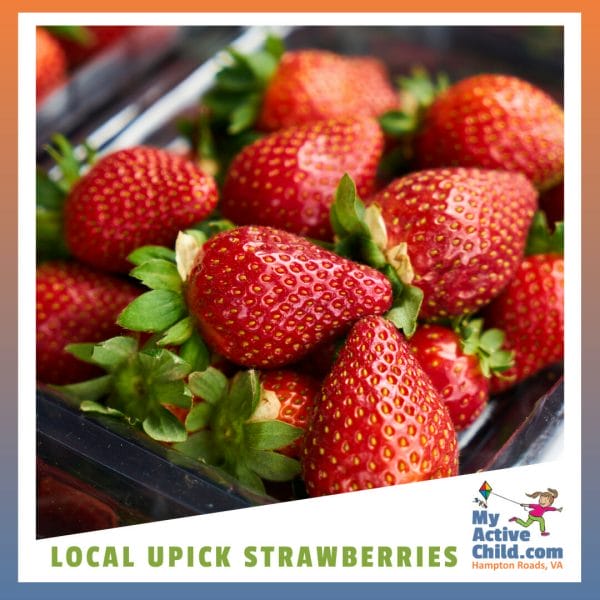DIY With Kids: Make Your Own Terrarium

Guest Post Written By Heather Phillips of Glass Gardens by John, a Norfolk, VA based pop up shop with a passion for plants
Are you looking for a simple and fun way to get your kids into nature? Simply taking a walk outside, identifying trees and plants, or visiting a botanical garden can be a fun and engaging outdoor activity.
If you’re looking for something a bit more hands on you could try gardening with your kids. Whether this is planting for food or decor, gardening has been proven to reduce stress and release endorphins, which make us feel good. There’s just something about dirt and the way it feels in your hands that has a calming effect. It’s like getting back to our true roots. Plus, kids love playing in the dirt, at least some do anyway!
Gardening and caring for plants also teaches children about responsibility, problem solving, and has been shown to increase feelings and understanding of empathy and compassion. Container gardening is a really simple way to garden at home without needing to disturb your yard. Many vegetables, such as tomatoes, happily grow in five gallon buckets. With enough water, love, and sunshine, you’ll be feeding your kid tomatoes she grew in a matter of a few weeks!
Another option, that’s a little lower maintenance, is a terrarium. Creating and maintaining a succulent terrarium is very simple and some local shops offer classes at your home or chosen venue. A group terrarium creation session makes a great afternoon activity or birthday party idea. You’ll only need a few ingredients to get started.
Environment
Before working with the ingredients, get your environment ready. Make sure you choose a space that will be easy to clean up. Perhaps cover a table in your kitchen with newspaper or an old sheet. If the weather is nice set up outside in the back yard. Things will get a bit dirty so make sure you get started in an area where that’s not a problem.
Ingredients
The vessel
Your vessel is the new home for your terrarium. Your vessel could be an old tea cup, tin coffee can, altoid mint box, vase, or simply a classic terracotta flower pot. You can choose a vessel of any shape or size. It doesn’t necessarily need a hole in the bottom as long as you pay close attention to watering. We’ll have more on that later.
The Rocks
Once you’ve got your vessel you’ll need some rocks to add to the bottom of it to help with drainage. The rocks on the bottom are especially important if you’re using a vessel without a drainage hole. Add approximately one to two inches of rocks on the bottom of your vessel, depending on its size. If it’s a very small vessel use less rocks. In some circumstances, such as an altoid tin, you might want to use sand instead of rocks. We are only trying to create an area that will collect water from the soil so as not to overwater the succulents.
The soil
All succulents, except air plants, need soil. You’ll want to add enough soil on top of the rocks in your vessel to allow the succulent to adequately stand up on it’s own, without covering too much of the stem. It doesn’t have to fill the entire rest of the vessel. The amount really just depends on the size of the vessel and the size of the “root ball” of the plant. Make sure you’re using a “succulent blend” for your soil, which allows the water to properly drain. Succulents don’t need much water, and soil that stays too moist for too long can cause the plant to rot. You can create your own “succulent blend” by adding a small proportion of sand or crushed rocks to normal potting soil.
The succulents
Succulents absorb water in their leaves and stems. They can retain water for a very long time and are considered drought resistant plants. Some varieties will grow naturally outdoors and return every year in certain climates. Others, such as jade, donkey tail, donkey ear, and others need to maintain a certain temperature and should be kept indoors during the winter in areas that reach temperatures below 50° F. These varieties are ideal for a terrarium. Most local gardening stores carry some variety of succulents.
Pull off any bottom leaves that have started to turn yellow. Gently un-cluster the “root ball” of the succulent to allow it to grow more easily in its new home. Dip the roots in a cup of water for a few seconds. Dig a hole in the soil in your vessel big enough for the roots to securely fit. Pop the little guy in its new home! Gently cover the roots with soil making sure not to bury the stem too deep or pack the soil too tightly.
Top it off
You can add a little decorative touch to your terrarium by adding moss, rocks, or sand to the top of the terrarium. Spice it up even further with small figurines or characters to create a “faery garden.”

Terrarium Care
Now that you and your kid have created a terrarium together, you’ve got a great way to help your child learn a bit of responsibility without the vet visits. Caring for another living thing is a great exercise on choices and responsibility.
Light
Choose a location for the terrarium that doesn’t get too many hours of direct sun. Even areas of low light will do fine. The key is that they don’t get too much sun. Perhaps give your kid a few options and let him or her choose where they’d like their terrarium to live.
Water
Watering your terrarium is important too. The ideal watering schedule is about once every two weeks, or twice a month. They don’t need much water, maybe a fourth of a cup, depending on the size and number of plants. If your vessel does not have a drainage hole you’ll want to decrease the amount of water considerable. For small terrariums with no drainage hole, a couple of tablespoons of water is sufficient. Make watering the terrarium with your child a regular activity to reinforce the idea that it will continue to need care beyond the initial creation.
Love
Love is the most important part of caring for your terrarium. Building a terrarium with your child is a Small Act that can be a focal point for talking about how to care for something, expressing compassion, and empathy. It is a memorable and lasting positive experience they are likely to remember for a long while. Caring for the succulent buddies provides even greater lessons on what it means to be responsible, and even can help children develop a healthy sense of autonomy and purpose.
Real World Experiences
Whether it’s gardening, hiking, or terrarium building, summer is a great time to get your child away from the flickering lights.






